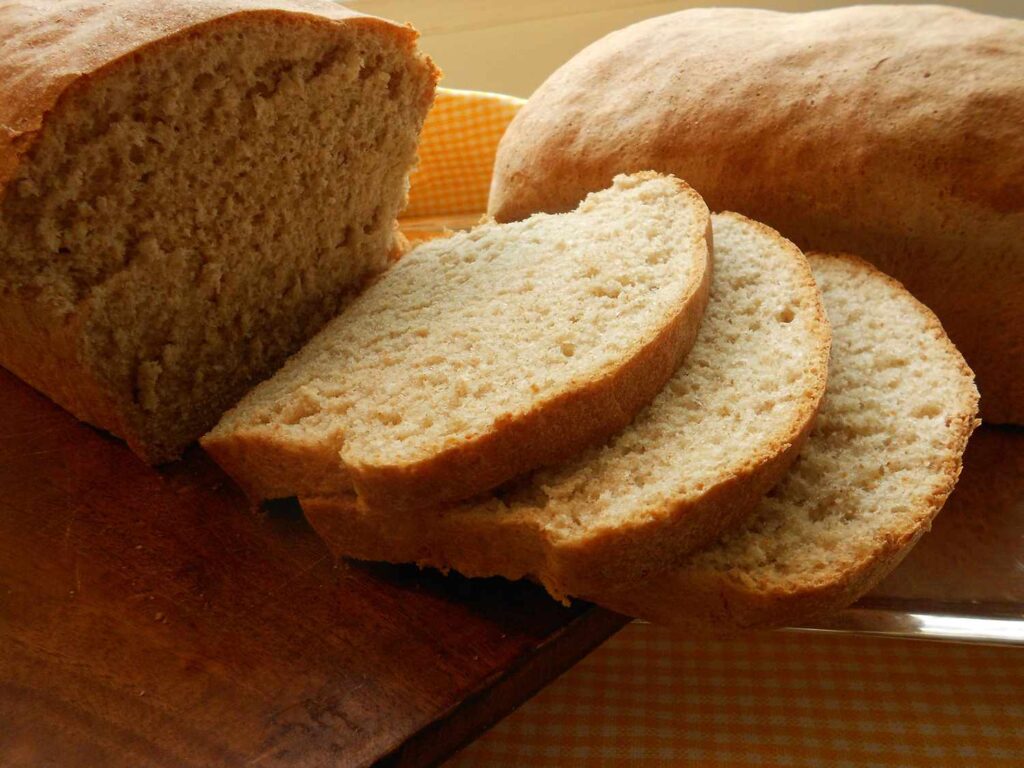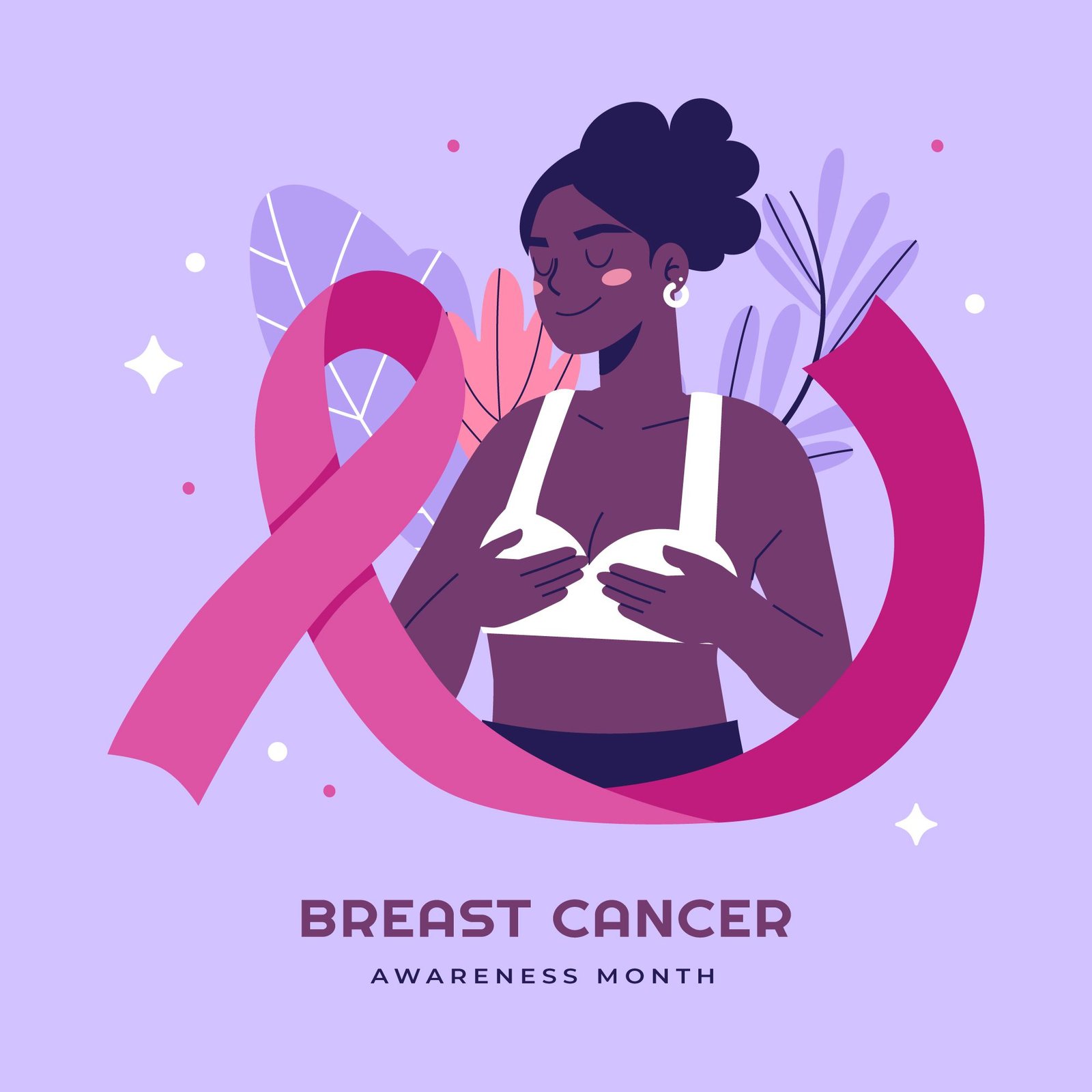Why I Avoid Both White and Wheat Bread: The Truth About Refined Carbs and Grains
Let me say it plainly: I don’t eat white bread—and I avoid wheat bread too. That might surprise some people. Wheat bread is often seen as the “healthy” option, the

Let me say it plainly: I don’t eat white bread—and I avoid wheat bread too.
That might surprise some people. Wheat bread is often seen as the “healthy” option, the one you choose when you’re being responsible. But the more I’ve learned about what bread really does in the body—whether it’s white, wheat, sprouted, or “whole grain”—the more I’ve realized that most bread is just a refined carbohydrate wrapped in a marketing label.
And for me, it’s not worth the blood sugar spikes, inflammation, and energy crashes.
What’s Really in Your Bread?
Whether it’s white or wheat, most bread on supermarket shelves contains:
- Refined grains – Even “whole wheat” is often ultra-processed and stripped of its fiber.
- Added sugars – Yes, even wheat bread often includes sugar, molasses, or honey for taste.
- Preservatives and additives – To give it shelf life, texture, and appearance.
- High glycemic load – Which can spike your blood sugar almost as fast as a candy bar.
In other words, bread is often more like a sweet snack than a nourishing food.
Why I Gave It Up

For years, I believed wheat bread was the healthier choice. I paired it with avocado or made turkey sandwiches thinking I was doing the right thing. But I noticed something over time:
- I’d feel bloated and tired an hour after eating.
- My cravings would spike—I’d want more sugar, more carbs.
- My mental focus dropped, and I felt heavy.
When I started tracking my blood sugar, I was shocked. Even the organic wheat bread was causing huge spikes, just like a chocolate dessert would. That was the wake-up call.
What Refined Grains Do to the Body
Most commercial bread is made from flour that has been heavily milled and stripped of its fiber and nutrients. Once in the body, it acts like fast sugar:
- Raises blood sugar and insulin levels
- Triggers inflammation
- Increases belly fat
- Contributes to insulin resistance, metabolic syndrome, and type 2 diabetes
- Feeds bad gut bacteria, throwing off your microbiome
Even so-called “whole wheat” bread is often made from flour that’s pulverized so finely, it behaves just like white bread in the bloodstream.
But Isn’t Whole Grain Bread Healthy?
It depends. Real whole grains—like quinoa, farro, barley—have fiber, protein, and nutrients intact. But bread labeled “whole wheat” or “multigrain” isn’t always made from whole kernels. It often uses refined flour plus marketing spin.
Unless you’re making it yourself or buying from a truly artisan bakery with minimal ingredients, most bread is:
- Ultra-processed
- Loaded with blood-sugar-raising starch
- Devoid of fiber that slows digestion
My Go-To Alternatives
Instead of bread, I now use:
- Lettuce wraps
- Collard greens
- Coconut flour or almond flour wraps
- Roasted sweet potato slices
- Chia seed crackers or seed breads
These swaps give me the texture and satisfaction I used to get from bread, without the metabolic chaos.
My takeway from Irene
Listen, I don’t think anyone needs to be perfect. Once in a while, if I’m out and have a slice of really fresh, clean sourdough with olive oil? I’ll enjoy it, guilt-free. But as a habit, I’ve chosen to break up with bread—and my body has thanked me for it.
Less bloating. More energy. More stable mood. Fewer cravings. Better digestion.
And for me, those are wins worth making a sandwich sacrifice for.
By Irene Nicole for Ravoke.com








